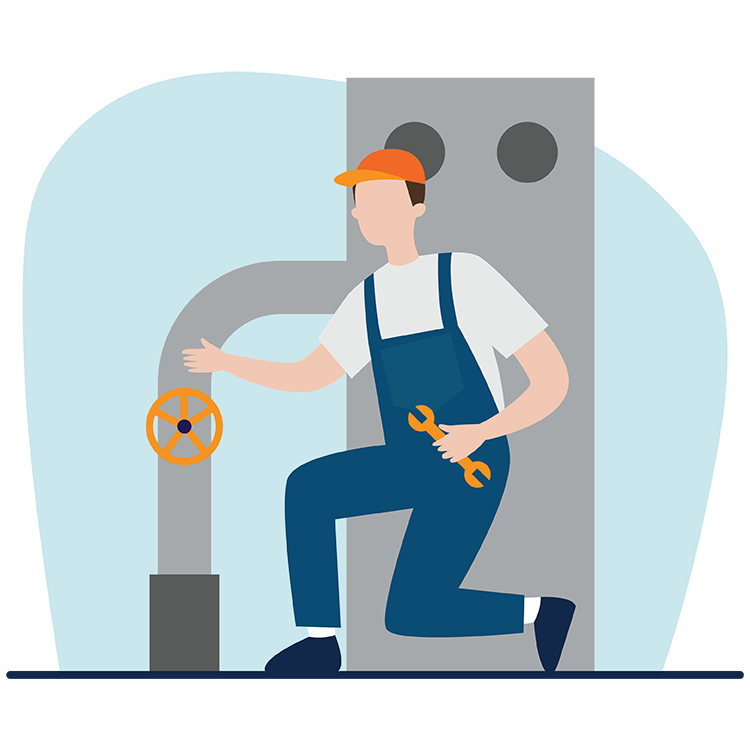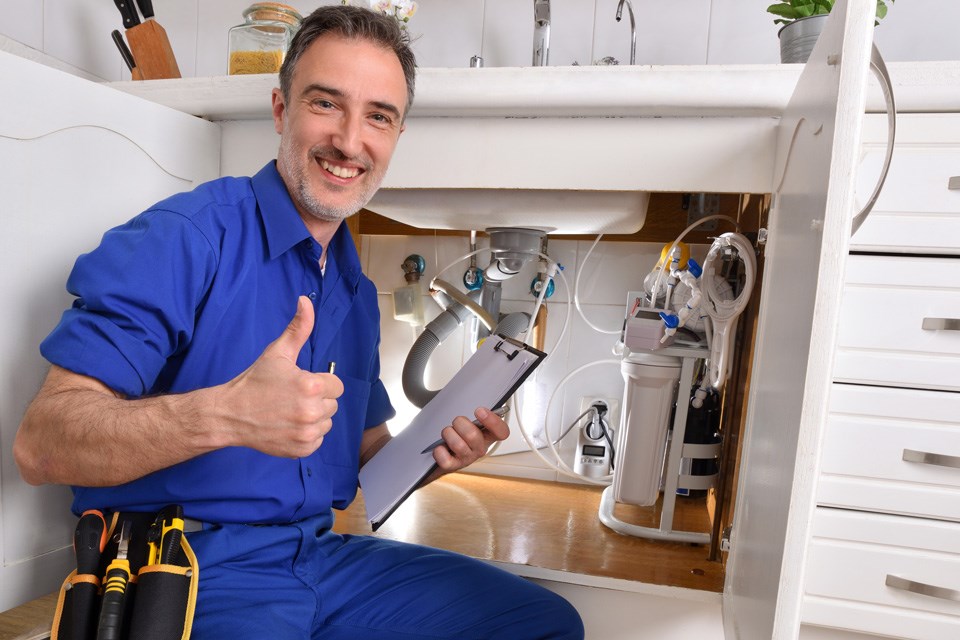A Detailed Overview to Efficient Water Heater Installation for Optimum Efficiency
Starting the task of mounting a water heating system is an endeavor that demands precision and an organized technique for accomplishing optimal efficiency. The process starts with the essential choice of choosing the appropriate heating system customized to the specific demands of your family, considering variables such as dimension, type, and power resource. When chosen, preparing the installment area to fulfill security standards is extremely important. Nevertheless, the trip doesn't finish here. As you proceed, the intricacies of linking water supply lines and establishing reputable electric or gas connections wait for, encouraging understandings into making sure efficiency and dependability.
Selecting the Right Water Heater

Next, take into consideration the dimension and capacity of the hot water heater. It's crucial to analyze your household's warm water requirements, which can differ based upon the variety of occupants and their usage patterns. An unit that's as well little might cause inadequate hot water, while a large design could cause unneeded power intake.
Performance rankings additionally play a pivotal function in option. Seek water heating systems with high Power Variable (EF) rankings, showing superior performance and reduced power usage. Tankless models, though usually a lot more costly in advance, offer substantial power financial savings over time due to their on-demand heating capabilities.
Preparing the Installment Location
Prior to setting up a new hot water heater, precise preparation of the installment location is necessary. This makes sure a smooth setup process and helps protect against future difficulties (Drain Cleaning Alabaster AL). Begin by choosing a suitable location that abides with regional building regulations and safety and security criteria. The area should be completely dry, well-ventilated, and easily accessible for maintenance. It's critical to determine the space carefully to suit the hot water heater's measurements, ensuring appropriate clearance around the system for reliable operation and maintenance.
Following, remove any debris, dirt, or obstructions from the site to produce a tidy setting. Examine the floor for stability, as the water heating unit will certainly require a strong, degree surface to operate efficiently. If needed, set up a drip frying pan under the device to capture potential leaks or spills, avoiding water damage to the surrounding area. In regions susceptible to seismic task, take into consideration mounting seismic bands to safeguard the heating system strongly in position.
Additionally, ensure that all necessary devices and products get on hand before starting the installment. This consists of products such as wrenches, screwdrivers, a level, and any added equipment required for safeguarding the heating system and placing. A well-prepared setup area establishes the structure for a successful hot water heater arrangement, enhancing performance and safety.
Connecting Water Lines
When linking water system lines to your recently installed hot water heater, it is essential to make sure that all connections are leak-free and safe to maintain reliable operation and prevent water damages. Begin by identifying the hot and cool water system lines. The cold water inlet is typically noted with a blue label or a "C", while the warm water outlet is noted from this source with a red tag or an "H".
Usage flexible hot water heater connectors to promote a simpler installment process. These adapters can absorb resonance and permit mild motion, lowering the danger of leakages. Before connecting the adapters, place a plumber's tape around the threaded ends of the water heating system's inlet and electrical outlet pipes - Drain Cleaning Alabaster AL. This tape acts as a sealant, stopping leakages. Thoroughly link the adaptable hoses to the particular inlet and electrical outlet, ensuring that they are tight however not over-tightened, which could harm the strings.
As soon as links remain in place, slowly switch on the major water supply valve. Examine each connection for leaks by visually inspecting and feeling for moisture. Tighten connections as essential, and make certain the pressure relief shutoff is appropriately mounted, safeguarding versus too much stress accumulation.
Establishing Up Electrical or Gas Connections
Appropriately establishing up the electrical or gas connections for your hot water heater is an essential step to ensure reliable and secure operation. For electrical hot water heater, begin by verifying that the electrical circuit works with the heating system's voltage and amperage demands. Guarantee the power supply is shut off at the breaker to stop mishaps. Link the electric cords to the heating unit following the manufacturer's circuitry representation. Usually, this involves attaching the ground cable to the green terminal, and the continuing to be cables to their equivalent terminals, protecting each with wire nuts.
For gas water heaters, security is extremely important. Connect the gas line to the water heating unit making use of a flexible gas port, guaranteeing it is effectively threaded and sealed with pipeline joint compound or Teflon tape appropriate for gas links.
As soon as links are made, inspect for any type of possible leakages. For gas lines, use a soapy water solution to the joints; bubbles suggest a leakage. For electric connections, double-check that all electrical wiring is safe and secure and properly insulated, preserving compliance with regional electric codes.
Adjusting and testing for Effectiveness
With the electrical and gas links securely in position, the following action is reviewing the functional performance of your water heating system. Begin by carefully activating the supply of water and guaranteeing there are no leaks at any you could try here of the valves or joints. Once confirmed, proceed to load the container, taking note of the stress and temperature level settings. It is a good idea to set the thermostat to a recommended temperature of around 120 ° F(49 ° C) to stabilize power effectiveness and comfort.
Next, perform try this an extensive evaluation to ensure the burner or gas heaters are functioning correctly. For electrical heating units, utilize a multimeter to validate if the aspects are drawing the ideal present. In gas models, observe the heater flame; it ought to be steady and blue, showing efficient burning.
Change the setups as needed to eliminate inadequacies. Think about applying insulation procedures, such as adding a hot water heater blanket, to additionally enhance efficiency by minimizing warm loss. Additionally, inspect the anode rod's condition, as a deteriorated pole can reduce effectiveness and bring about container rust.
Verdict
Effective water heating unit installment is crucial for guaranteeing optimal performance and energy cost savings. Safely linking water supply lines and meticulously setting up electrical or gas links minimize potential issues.

Appropriately establishing up the electric or gas links for your water heating system is an important action to make sure secure and reliable operation. For electric water heaters, begin by verifying that the electrical circuit is compatible with the heating unit's voltage and amperage demands. Link the gas line to the water heating unit utilizing a versatile gas port, ensuring it is correctly threaded and sealed with pipe joint compound or Teflon tape suitable for gas links.
Comments on “Economical Plumbing Services Alabaster AL for each Budget”